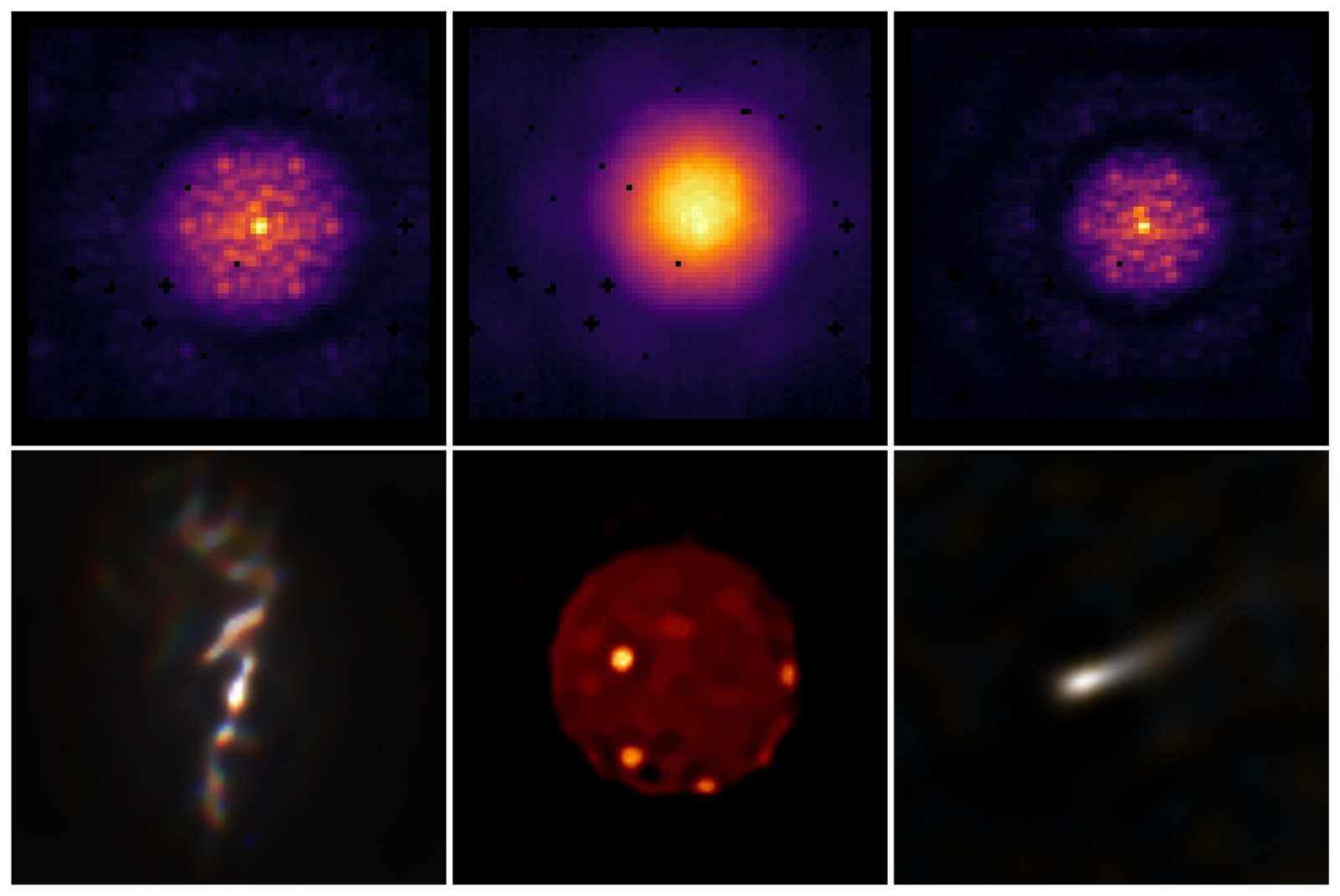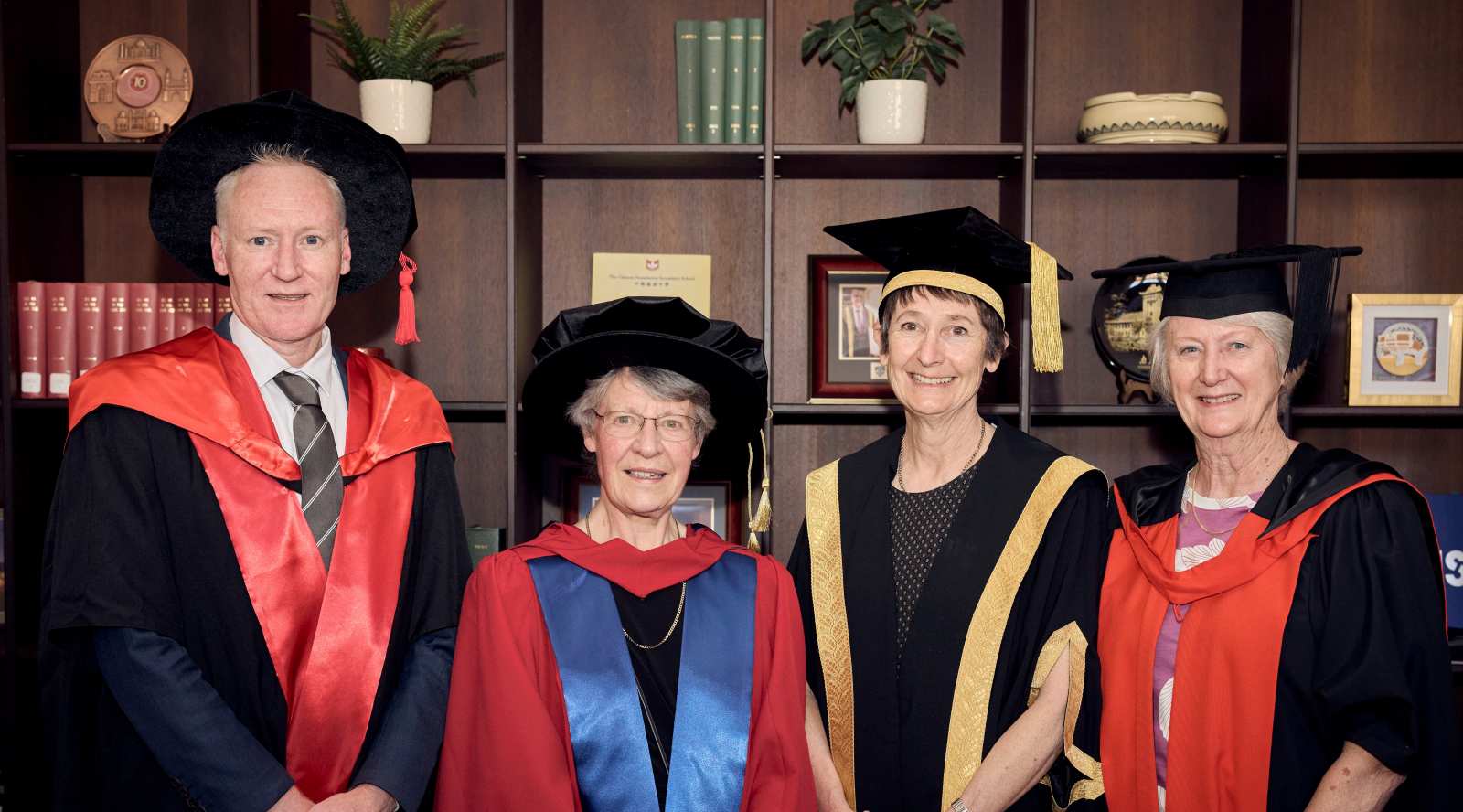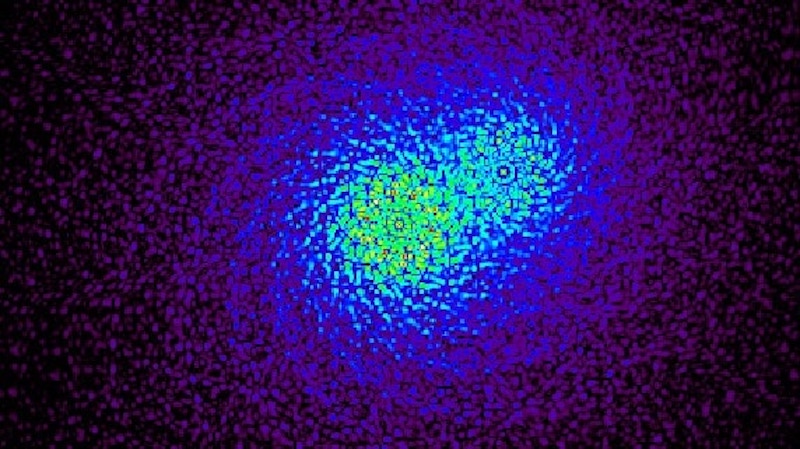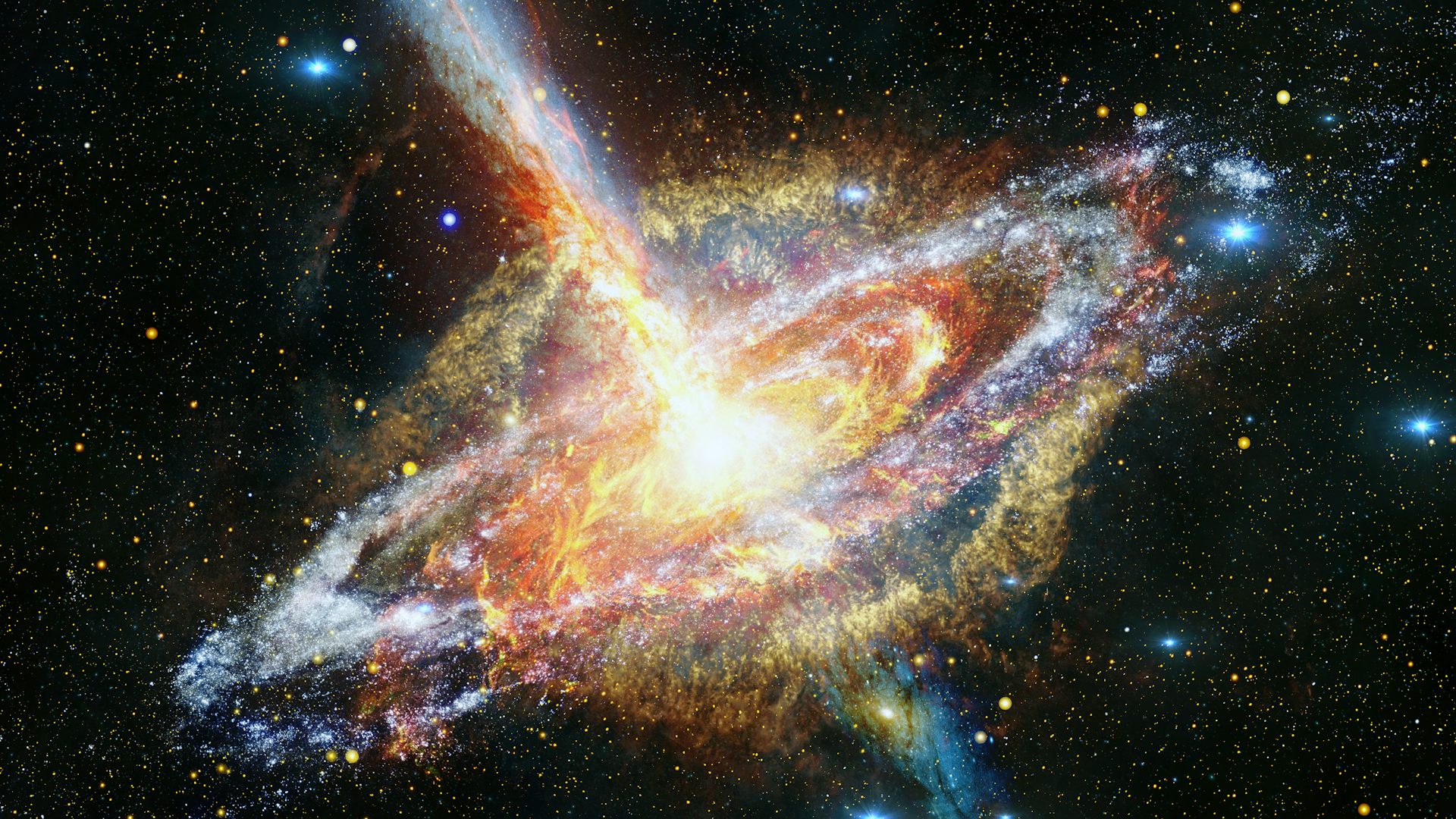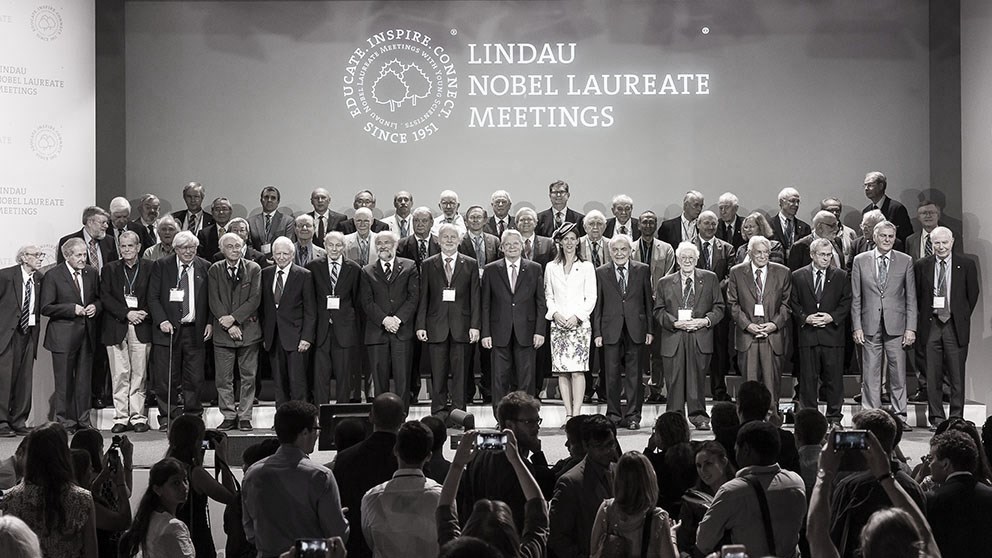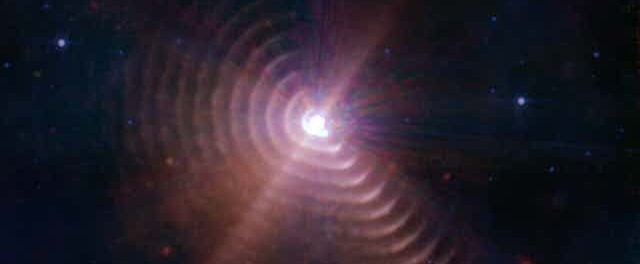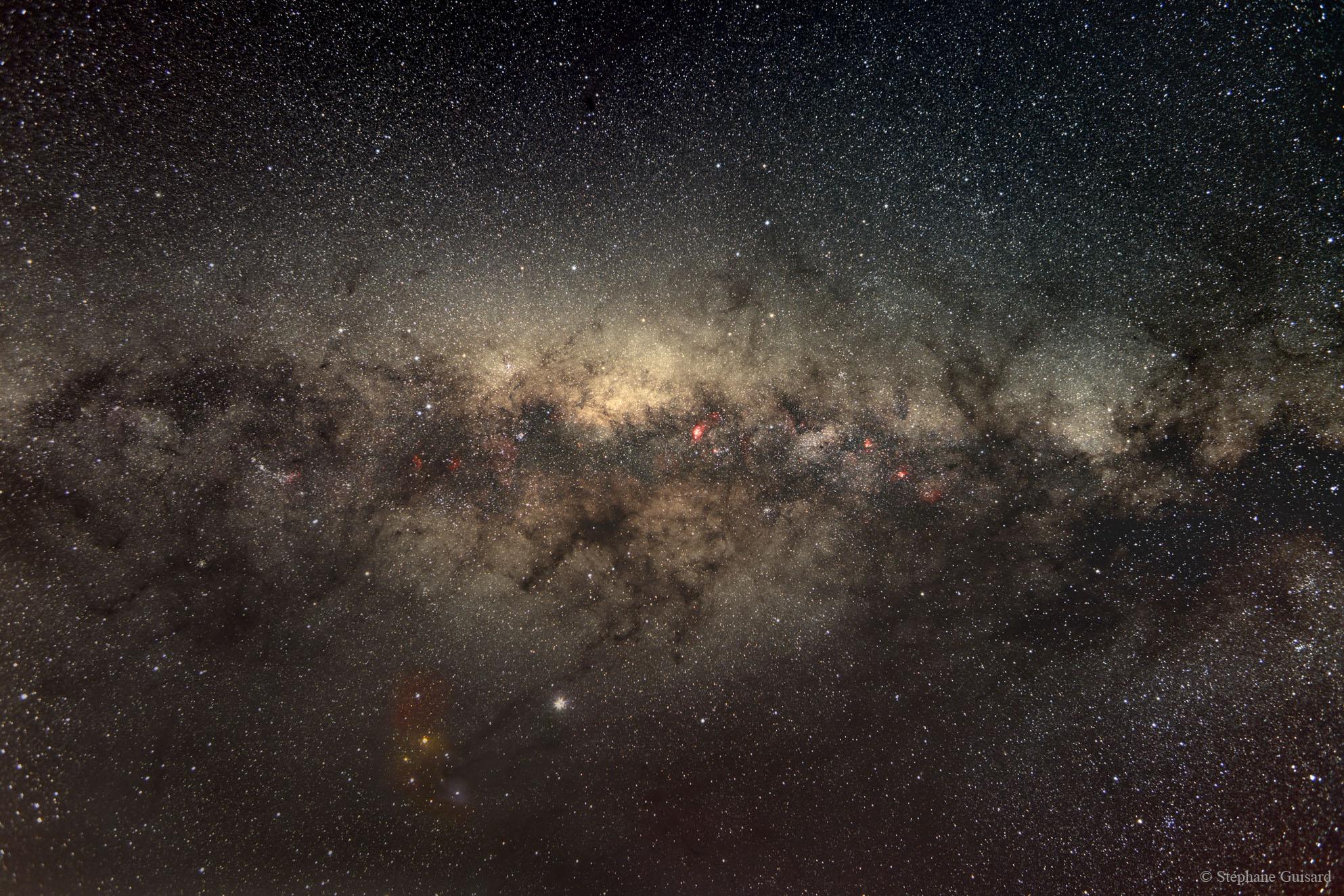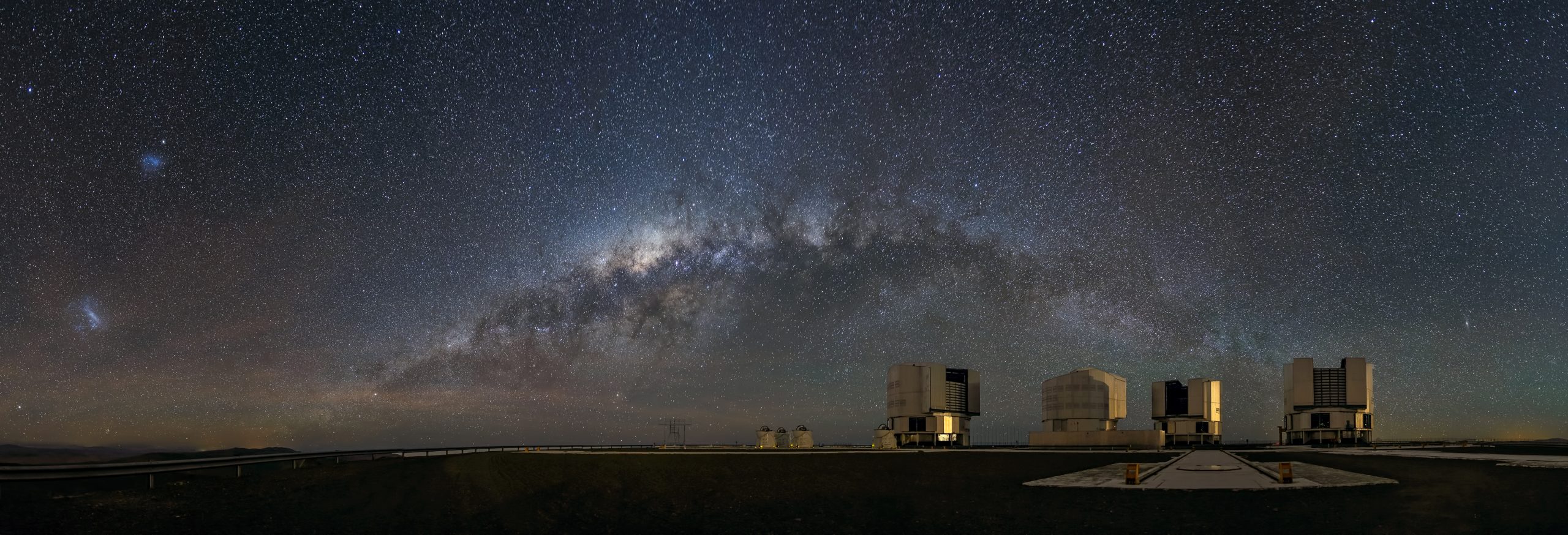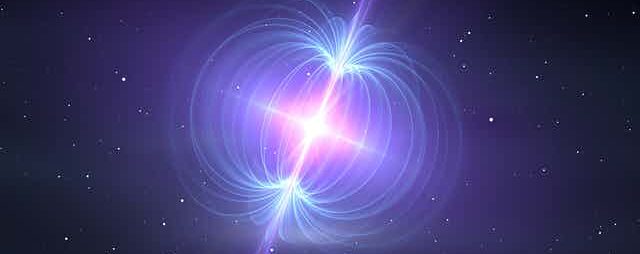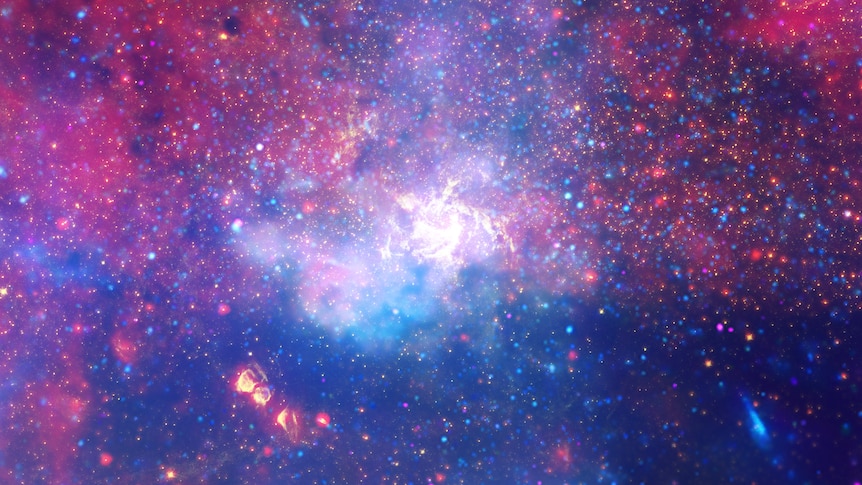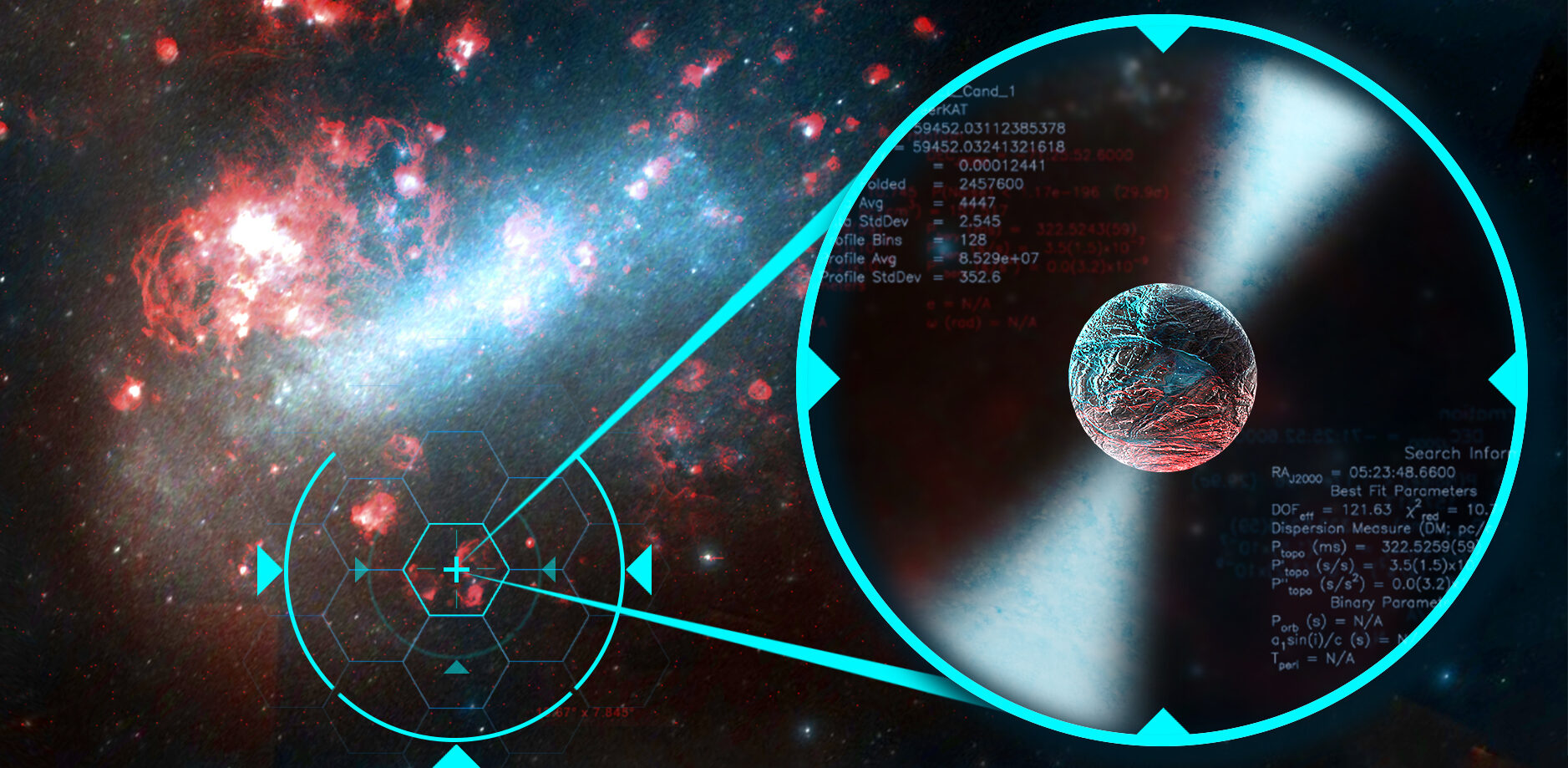News
In July, a puzzling new image of a distant extreme star system surrounded by surreal concentric geometric rungs had even astronomers scratching their heads. The picture, which looks like a kind of “cosmic thumbprint”, came from the James Webb Space Telescope, NASA’s newest flagship observatory. The internet immediately lit up
Alien megastructures? Cosmic thumbprint? What’s behind a James Webb telescope photo that had even astronomers stumped
A study creates the first map of our galaxy’s ancient dead stars In the first map of the ‘galactic underworld’, a study from the University of Sydney has revealed a graveyard that stretches three times the height of the Milky Way. It has also indicated where the dead stars lie.
Milky Way’s graveyard of dead stars found
With the rapid development of stellar spectroscopy in the past decade, many stellar spectroscopic surveys, for example LAMOST, GALAH and APOGEE, combined with the astrometric information of Gaia have played a pivotal role in explaining the chemo-dynamic evolution of the Milky Way. By extracting the elemental abundances and ages of
Measuring reliable stellar abundances towards crowded regions using MUSE
ESO’s Very Large Telescope (VLT), which houses the Multi Unit Spectroscopic Explorer (MUSE). Two teams of Australian-based astronomers have recently each been awarded substantial amounts of observing time on this in-demand instrument. Credit: John Colosimo (colosimophotography.com) / ESO. Two teams of astronomers led by The University of Sydney and by
Australian-based astronomers to take a deep dive into the cosmos with time awarded on one of ESO’s most powerful instruments
The discovery of a neutron star emitting unusual radio signals is rewriting our understanding of these unique star systems. My colleagues and I (the MeerTRAP team) made the discovery when observing the Vela-X 1 region of the Milky Way about 1,300 light years away from Earth, using the MeerKAT radio telescope in
This newly discovered neutron star might light the way for a whole new class of stellar object
There’s a monster lurking in the heart of our galaxy, and we may get our first glimpses of it tonight. At 11pm AEST, an international team of scientists will reveal what they’re calling a “groundbreaking” discovery from our galactic centre — and you’ll be able to watch it live. This image,
Event Horizon Telescope set to reveal ‘exciting results’ about the black hole at the centre of the Milky Way
When a star explodes and dies in a supernova, it takes on a new life of sorts. Pulsars are the extremely rapidly rotating objects left over after massive stars have exhausted their fuel supply. They are extremely dense, with a mass similar to the Sun crammed into a region the
We’ve used a new technique to discover the brightest radio pulsar outside our own galaxy
Could life survive around the nearest stars? In collaboration with the Breakthrough Initiative, Saber Astronautics and NASA’s Jet Propulsion Laboratory, Professor Peter Tuthill is leading TOLIMAN, a project to discover if the nearest stars have planets that could support life. A simulated view of the Alpha Centauri binary through the
Worlds next door: looking for habitable planets around Alpha Centauri
The timescales in which star-forming galaxies deplete their gas is found to be short relative to the age of the Universe. This points to the conclusion that galaxies must have a way to replenish their gas reservoirs and indeed, early cosmological simulations reveal cold gas being channeled along dark matter
A FLASH combination: ASKAP and MUSE sniff out gas around galaxies
Follow SIfA on Bluesky


